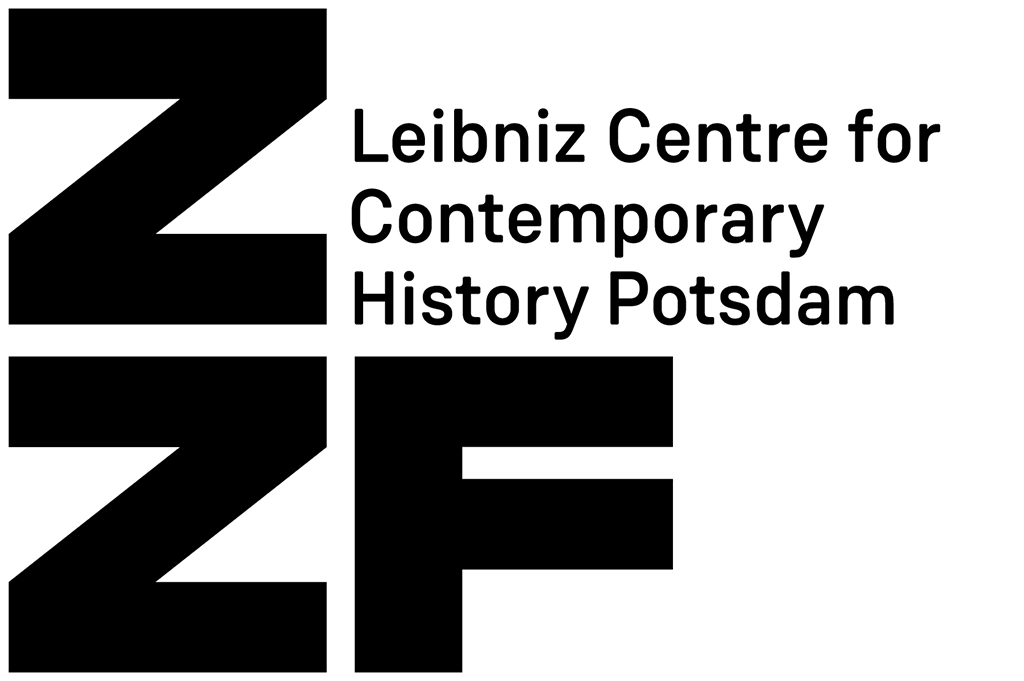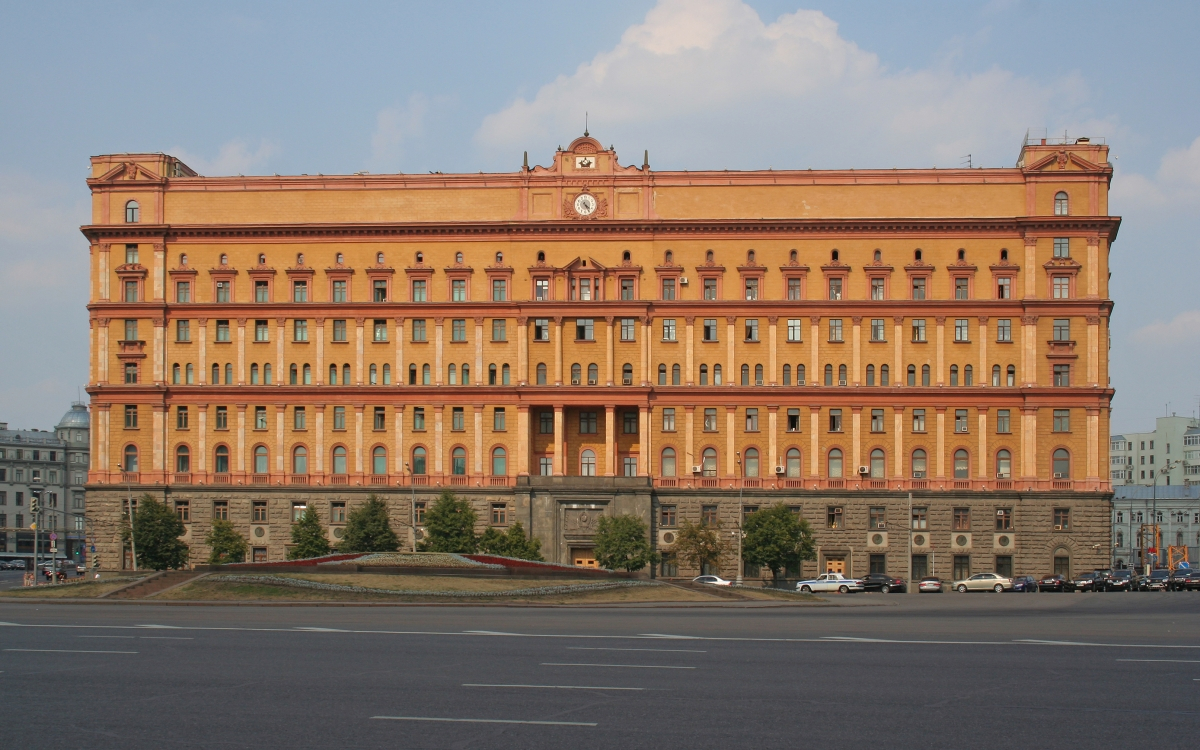Compleated Part-Project of the SAW network ‘Physical Violence and State Legitimacy in Late Socialism’
The aim of this project is to analyse the changes in ideology and cultural practices of ‘Chekism’ as an order of legitimacy of communist secret police in the era from the end of Stalinist mass terror to the collapse of communism in Europe. This period was shaped by the successive reduction and alleviation of acts of physical violence in persecution practices on the part of the secret police services. This process was accompanied by a change towards methods of psychological pressure. At the same time, the ruling communist parties and their secret police forces insisted on the legitimacy of physical violence as a means of their rule. At the moment of collapse, a number of transformations took place: the peaceful revolutions, including the dissolution of the secret police forces, without violent resistance in Central Europe; eruptions of violence against demonstrators in Romania; and a ‘de-Communisation’ of ‘Chekism’ along with a strong continuity in terms of self-definition and legitimation of physical violence in the Soviet Union and some of its successor states.
These processes will be analysed and discussed within the framework of cultural-historical perspectives on the history of communist and other state authorities that use physical violence.
Publications
- Der entkräftete Tschekismus. Das MfS und die ausgebliebene Niederschlagung der Konterrevolution 1989/90 [Chekism exhausted. The MfS and the Non-Suppression of the Counterrevolution 1989/90], in: Martin Sabrow (Hg.): 1989 und die Rolle der Gewalt, t.b.p. Göttingen 2012.
- Tschekistische Ideologie [Chekist Ideology], in: Roger Engelmann u.a. (Hg.), Das MfS-Lexikon. Begriffe, Personen und Strukturen der Staatssicherheit der DDR, Berlin 2011, S. 152-155.

